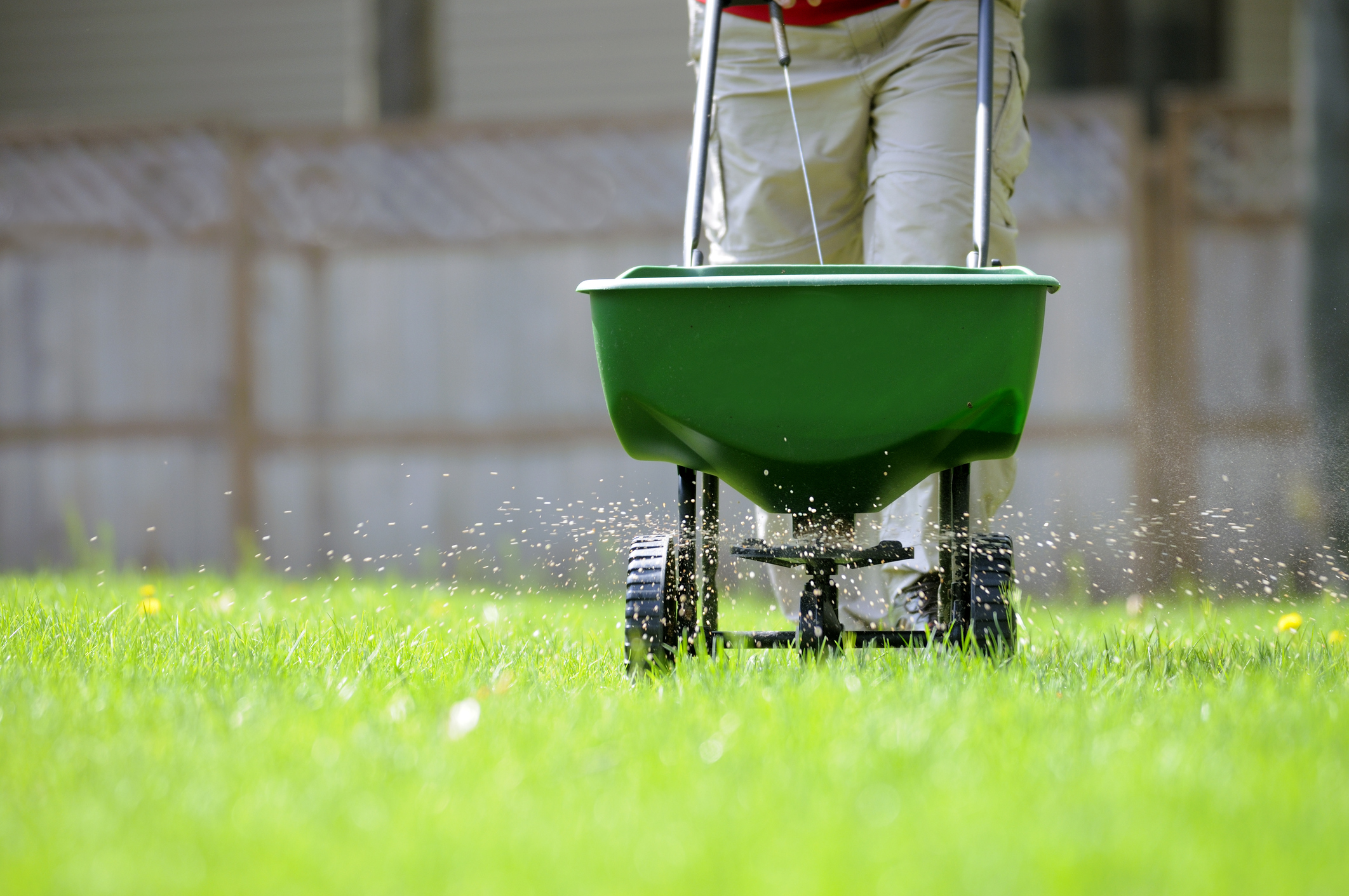

Articles
When To Apply Winter Fertilizer
Modified: March 27, 2024
Discover the best time to apply winter fertilizer and boost your lawn's health with our informative articles. Stay informed and keep your lawn looking its best all winter long.
(Many of the links in this article redirect to a specific reviewed product. Your purchase of these products through affiliate links helps to generate commission for Storables.com, at no extra cost. Learn more)
Introduction
Welcome to the world of winter fertilizer! As the colder months approach, many homeowners and garden enthusiasts wonder if they should continue their fertilizer routine or take a break until spring. Winter fertilizer is specially formulated to provide essential nutrients to your plants during the dormant winter period.
Winter can be a challenging time for plants, with freezing temperatures, fluctuating moisture levels, and limited sunlight. During this dormant period, plants still need nutrients to support their root development, repair any damage from the previous growing season, and ensure a robust start when spring arrives.
Understanding the benefits of winter fertilizer and knowing when and how to apply it is crucial for maintaining healthy and thriving plants all year round. In this article, we will delve into the world of winter fertilizer, explore the importance of timing, discuss factors to consider before applying it, and provide tips and techniques for application.
So let’s dive in and discover the wonders of winter fertilizer!
Key Takeaways:
- Timing is crucial when applying winter fertilizer. Late fall, before the ground freezes, is the optimal time. Consider plant dormancy, soil temperature, and regional climate conditions for the best timing.
- Different types of winter fertilizers are available, each with its own advantages. Choose the best option based on your specific plant and soil needs, and always follow proper application techniques and safety precautions.
Read more: When To Apply Fertilizer To Grass
Understanding Winter Fertilizer
Winter fertilizer is a specialized type of fertilizer designed to meet the specific nutritional needs of plants during the dormant winter months. Unlike regular fertilizers, which are generally high in nitrogen to promote leaf and stem growth, winter fertilizers have a different nutrient ratio to support root development and overall plant health.
The primary nutrients found in winter fertilizer are phosphorus (P) and potassium (K). Phosphorus is essential for root development and helps plants establish a strong foundation. It also aids in the transfer of energy throughout the plant. Potassium, on the other hand, enhances plant resilience against environmental stresses, such as cold temperatures and disease.
In addition to phosphorus and potassium, winter fertilizers may also contain micronutrients like iron, manganese, and zinc. These micronutrients are often lacking in winter soil and are crucial for various metabolic processes in plants.
One important thing to note is that winter fertilizers have lower nitrogen (N) content compared to regular fertilizers. This is intentional because high nitrogen levels can stimulate new growth, which is not desirable during the dormant period. It can make plants more susceptible to frost damage and disease.
Winter fertilizers come in different formulations, such as granular, liquid, and slow-release pellets. The choice depends on the type of plants you have, your soil conditions, and your personal preference. It’s important to read the instructions on the fertilizer packaging and follow the recommended application rates for best results.
Now that we have a basic understanding of winter fertilizer, let’s explore why timing is crucial when it comes to applying it.
The Importance of Timing
Timing is crucial when it comes to applying winter fertilizer. The goal is to provide plants with the necessary nutrients before the ground freezes and they enter their dormant stage. Applying the fertilizer too early or too late can result in ineffective absorption or potential damage to the plants.
Applying winter fertilizer too early can stimulate new growth, which is not ideal for plants entering dormancy. This new growth is vulnerable to frost and cold temperatures, potentially causing damage and stress. It’s best to wait until the plants have entered their dormant stage before applying winter fertilizer.
On the other hand, applying winter fertilizer too late may not allow enough time for the plants to absorb and utilize the nutrients effectively. The ground may already be frozen, preventing nutrient uptake, or the plants may have already entered their dormant stage, reducing their ability to benefit from the fertilizer. Ideally, winter fertilizer should be applied a few weeks before the ground freezes and the plants go dormant.
Another important factor to consider is the type of plants you have. Different plants have specific winter nutrient requirements, and timing may vary accordingly. For example, cold-season grasses like Kentucky bluegrass and perennial ryegrass benefit from a late-fall application to strengthen their root systems. Trees and shrubs, on the other hand, may require winter fertilizer earlier in the season to ensure nutrient absorption.
It’s also important to take into account the specific climate and weather conditions of your region. Some areas experience an early onset of winter, while others have a longer fall season. Monitoring the weather forecasts and observing the signs of plant dormancy can help determine the best timing for applying winter fertilizer.
By understanding and considering the importance of timing, you can ensure that your plants receive the right nutrients at the right time, maximizing their health and resilience during the winter months. In the next section, we will explore the factors to consider before applying winter fertilizer.
Factors to Consider Before Applying Winter Fertilizer
Before applying winter fertilizer, it is important to consider several factors to ensure the best results for your plants. Taking these factors into account will help you determine the appropriate type and timing of winter fertilizer application.
1. Plant Type: Different plants have varying nutrient requirements. Consider the specific needs of your plants and choose a winter fertilizer that addresses those requirements. For example, grass requires different nutrients than flowering plants or trees.
2. Soil Test: Conducting a soil test can provide valuable insights into the nutrient levels and pH of your soil. This information can guide you in selecting the right winter fertilizer and adjusting the application rates accordingly.
3. Previous Fertilizer Application: Take into account the fertilizer you have applied in the previous growing season. If you have already applied a balanced fertilizer, you may not need to apply winter fertilizer or may need to adjust the nutrient ratios to avoid nutrient imbalances.
4. Plant Health: Assess the overall health of your plants before applying winter fertilizer. If there are signs of nutrient deficiencies or plant stress, it may be necessary to address those issues before applying fertilizer. Proper care and maintenance, including watering and disease control, are essential for maximizing the benefits of winter fertilizer.
5. Climate and Weather: Consider the climate and weather conditions in your region. Areas with mild winters may require different fertilization practices compared to regions with harsh and freezing temperatures. Adjust the application timing and rates based on your local climate conditions.
6. Environmental Considerations: Be mindful of any environmental regulations or restrictions on fertilizer application in your area. Follow the guidelines and recommendations provided by local authorities to minimize the potential impact on the environment.
By considering these factors, you can ensure that your winter fertilizer application is tailored to the specific needs of your plants and the conditions of your garden. In the next section, we will explore the signs that indicate your plants may benefit from winter fertilizer.
Signs that Winter Fertilizer is Needed
While the application of winter fertilizer is beneficial for most plants during their dormant period, there are specific signs that indicate your plants may particularly benefit from winter fertilization. Recognizing these signs can help you determine when it’s time to apply winter fertilizer to your garden.
1. Nutrient Deficiencies: If your plants are showing signs of nutrient deficiencies, such as yellowing leaves, stunted growth, or poor flowering, it may be an indication that they are not receiving adequate nutrients. Winter fertilizer can provide the necessary nutrients to support healthy growth during the dormant period.
2. Poor Root Development: If you notice weak or underdeveloped root systems in your plants, it could be a sign that they lack essential nutrients. Winter fertilizer, especially one high in phosphorus, can promote root development and strengthen the plant’s foundation, improving its overall health and resilience.
3. Pest and Disease Damage: Plants that have been subjected to pest infestations or diseases during the growing season may benefit from winter fertilizer. The nutrients in the fertilizer can help them recover, repair any damage, and better resist future attacks.
4. Thin or Patchy Lawn: If your lawn appears thin or patchy, especially in areas with high foot traffic or where plants struggled during the growing season, winter fertilizer can help rejuvenate the grass and promote denser growth in the following spring.
5. Previous Nutrient Depletion: If you have not fertilized your garden in a while, or if you have plants that are heavy nutrient users, the soil may be depleted of essential nutrients. Winter fertilizer can replenish those nutrients and prepare the plants for a strong start when spring arrives.
It is important to note that these signs are not exclusive to winter fertilizer needs. It’s always a good idea to assess the overall health of your plants and consider other factors such as soil conditions, climate, and plant type before deciding to apply winter fertilizer. Consulting with a local gardening expert or conducting a soil test can provide additional guidance.
Now that we have identified the signs that indicate the need for winter fertilizer, let’s explore when the best time to apply it is.
Apply winter fertilizer to your lawn in late fall, before the ground freezes. This will help provide essential nutrients to the grass roots during the dormant winter months, promoting a healthier lawn in the spring.
Read more: When Should Fertilizer Be Applied To Lawns
When to Apply Winter Fertilizer
Applying winter fertilizer at the right time is crucial to ensure optimal nutrient absorption and plant health during the dormant period. The timing may vary depending on the region, climate, and specific plant requirements. Here are some general guidelines to help you determine when to apply winter fertilizer:
1. Late Fall: The ideal time to apply winter fertilizer is in late fall, a few weeks before the ground freezes. By applying the fertilizer at this time, you allow the plants to take up and utilize the nutrients before they enter their dormant stage.
2. Soil Temperature: Monitoring your soil temperature can also give you an indication of when to apply winter fertilizer. When the soil temperature drops to around 50°F (10°C), it is a good time to apply the fertilizer. This ensures that the nutrients are available for plant uptake while the soil is still relatively warm and active.
3. Plant Dormancy: Observing the signs of plant dormancy can also help determine the appropriate time for winter fertilizer application. Once the plants have stopped growing and have entered their dormant phase, it is an indication that they are ready to receive winter nutrients.
4. Grass Growth: For lawns, it is best to apply winter fertilizer when the grass has stopped growing but is still green. This usually occurs in late fall when the temperatures are cooler. Applying winter fertilizer at this time helps the lawn store nutrients for the winter and enables it to recover quickly in the spring.
It is important to note that these are general guidelines, and the specific timing may vary based on your location and the specific plant types in your garden. It is always beneficial to consult with local gardening experts or extension services to get region-specific recommendations.
By applying winter fertilizer at the right time, you ensure that your plants receive the necessary nutrients to support root development, repair any damage, and prepare for a strong start in the upcoming growing season.
Next, let’s explore the different types of winter fertilizer available and their advantages.
Different Types of Winter Fertilizer
When it comes to winter fertilizer, there are different types available, each with its own advantages and applications. Understanding the different types can help you choose the best option for your specific plants and soil conditions. Here are some commonly used types of winter fertilizer:
1. Granular Fertilizer: Granular fertilizer is one of the most popular types of winter fertilizer. It consists of small pellets or granules that are spread evenly over the soil surface. Granular fertilizer releases nutrients slowly over time, providing a steady supply of nutrients to the plants during their dormant period. It is easy to apply and is suitable for a wide range of plants and soil types.
2. Liquid Fertilizer: Liquid fertilizer is another option for winter fertilization. It is applied by diluting the concentrated liquid fertilizer with water and spraying it directly onto the plants or soil. Liquid fertilizers are absorbed quickly by the plants, making them an effective choice when fast nutrient uptake is desired. They are especially useful for potted plants or areas with compacted soil.
3. Slow-Release Pellets: Slow-release fertilizers are designed to slowly release nutrients over an extended period, providing a consistent supply of nutrients to the plants. These pellets are typically applied to the soil surface and gradually break down, releasing nutrients as the temperature and moisture levels in the soil increase. Slow-release fertilizers are convenient as they require fewer applications and reduce the risk of nutrient leaching.
4. Organic Fertilizer: Organic fertilizers are derived from natural sources such as compost, animal manure, bone meal, or seaweed. They provide a long-term, sustainable source of nutrients to the plants and improve the overall health of the soil. Organic fertilizers release nutrients slowly and also improve soil structure and fertility over time. They are an excellent choice for those practicing organic gardening or aiming for environmentally friendly fertilizer options.
5. Synthetic Fertilizer: Synthetic fertilizers are chemically formulated fertilizers that are readily available and provide a quick nutrient boost to plants. They come in various formulations, including winter-specific blends. Synthetic fertilizers often have precise nutrient ratios, allowing for targeted and specific nutrient application. However, they may not contribute to the long-term sustainability of the soil ecosystem as organic options do.
When choosing a winter fertilizer, consider the nutrient needs of your plants, your soil conditions, and your gardening goals. It is also important to follow the recommended application rates and guidelines mentioned on the fertilizer packaging for optimal results.
Now that we’ve explored the different types of winter fertilizers, let’s move on to the application techniques and tips to ensure proper nutrient distribution.
Application Techniques and Tips
Proper application techniques and practices are crucial for ensuring effective nutrient distribution and optimal results when using winter fertilizer. Here are some techniques and tips to consider when applying winter fertilizer:
1. Read the Instructions: Before applying any fertilizer, carefully read the instructions and guidelines provided on the packaging. This will ensure that you understand the recommended application rates, timing, and any other specific instructions for the particular winter fertilizer you are using.
2. Preparing the Soil: Before applying winter fertilizer, it is essential to prepare the soil properly. Remove any weeds or debris from the area to create a clear space for the fertilizer application. Loosening the soil with a garden fork or rake can help improve nutrient penetration.
3. Apply Evenly: Whether you are using granular or liquid winter fertilizer, it is important to distribute it evenly across the soil surface. This ensures that nutrients are available to all plants and prevents uneven growth or nutrient imbalances. Use a spreader or sprayer for better control and uniform application.
4. Avoid Overapplication: Applying too much fertilizer can be detrimental to plant health and can lead to nutrient imbalances and potential environmental pollution. Always follow the recommended application rates and avoid excessive use. If in doubt, it is better to underapply rather than overapply.
5. Watering: After applying winter fertilizer, it is important to water the area thoroughly. This helps to activate and dissolve the fertilizer, allowing nutrients to penetrate the soil and reach the plant roots. Watering also helps to prevent fertilizer burn and aids in nutrient uptake.
6. Timing and Weather: Consider the weather conditions when applying winter fertilizer. Ideally, choose a day when there is no forecasted rainfall or strong winds. Applying fertilizer too close to heavy rain can result in nutrients being washed away. It is also advisable to avoid fertilizing when the ground is frozen.
7. Safety Precautions: When handling and applying fertilizer, it is important to wear appropriate protective gear such as gloves and goggles. This helps to prevent skin or eye irritation from contact with the fertilizer. Also, be mindful of children and pets, and keep them away from the fertilized area until it has been fully absorbed or diluted into the soil.
By following these application techniques and tips, you can ensure that your winter fertilizer is applied correctly and maximizes its benefits for your plants. Now, let’s discuss some potential risks and precautions associated with winter fertilizer use.
Potential Risks and Precautions
While winter fertilizer is generally safe to use when applied properly, there are some potential risks associated with its use. It’s important to be aware of these risks and take the necessary precautions to minimize any negative impacts. Here are some potential risks and precautions to consider:
1. Overfertilization: Applying excessive amounts of winter fertilizer can lead to nutrient imbalances and can be harmful to plants. It can also contribute to environmental pollution if the excess nutrients leach into nearby water bodies. Always follow the recommended application rates and avoid overfertilization.
2. Environmental Impact: If not applied correctly, winter fertilizer can have negative effects on the environment. Nutrient runoff from excessive fertilizer can contribute to water pollution and harm aquatic life. To minimize these risks, avoid applying fertilizer near water bodies, such as lakes, streams, or storm drains. Be mindful of weather conditions to ensure that the fertilizer remains on the intended area.
3. Health and Safety Concerns: Winter fertilizers, especially synthetic ones, may contain chemicals that can be harmful if not handled correctly. It is important to wear protective gear such as gloves and goggles when applying fertilizer to avoid skin and eye irritation. Keep children and pets away from the fertilized area until it has been fully absorbed into the soil and avoid inhaling dust or particles from the fertilizer.
4. Application Timing: Applying winter fertilizer too early or too late can have negative consequences. Applying it too early can stimulate new growth, making plants more susceptible to frost damage. Applying it too late may not allow adequate time for the nutrients to be absorbed before plants enter their dormant stage. Follow the recommended timing and monitor weather conditions to ensure the best application window.
5. Soil pH and Nutrient Interactions: Winter fertilizers can affect soil pH if applied in excessive amounts or when the soil pH is already imbalanced. Additionally, nutrient interactions in the soil can affect the availability of specific nutrients to plants. Conducting a soil test beforehand can help identify any potential issues and allow for proper adjustments in fertilization practices.
Always remember that proper fertilizer use and application will help minimize these risks. It’s important to be informed, read and follow the instructions on fertilizer packaging, and consider consulting with local gardening experts for specific recommendations based on your region and plant types.
Now that we’ve discussed the potential risks and precautions, let’s conclude our exploration of winter fertilizer.
Read more: How To Apply Fertilizer To Plants
Conclusion
Winter fertilizer plays a crucial role in maintaining the health and vitality of plants during their dormant period. Understanding the benefits of winter fertilizer and knowing when and how to apply it can contribute to a strong start in the upcoming growing season. By providing essential nutrients to plants during the winter months, you can support root development, repair any damage, and enhance overall plant resilience.
Timing is key when it comes to applying winter fertilizer. Late fall, a few weeks before the ground freezes, is generally the optimal time for application. It’s important to monitor plant dormancy, soil temperatures, and regional climate conditions to determine the best timing for your specific garden. Additionally, considering factors such as plant type, soil health, and nutrient deficiencies will help you choose the right winter fertilizer and adjust application rates accordingly.
There are different types of winter fertilizers available, including granular, liquid, slow-release pellets, organic, and synthetic options. Each type has its own advantages and applications, so it’s important to select the best option based on your specific plant and soil needs.
When applying winter fertilizer, follow proper techniques and tips to ensure even distribution and avoid overapplication. Watering the area after application helps to activate and dissolve the fertilizer, facilitating nutrient absorption. It’s crucial to take safety precautions, wear protective gear, and minimize environmental risks by avoiding overfertilization and preventing fertilizer runoff into water bodies.
By being mindful of potential risks and taking the necessary precautions, you can safely and effectively use winter fertilizer to enhance the health and vibrancy of your garden. Remember to read and follow the instructions on the fertilizer packaging, consult with local gardening experts if needed, and consider conducting a soil test for a comprehensive understanding of your garden’s nutrient needs.
Investing time and effort into properly applying winter fertilizer will reward you with vigorous, thriving plants when spring arrives. So, get ready to nourish your garden during the dormant months and enjoy the beauty and abundance that await in the upcoming growing season.
Frequently Asked Questions about When To Apply Winter Fertilizer
Was this page helpful?
At Storables.com, we guarantee accurate and reliable information. Our content, validated by Expert Board Contributors, is crafted following stringent Editorial Policies. We're committed to providing you with well-researched, expert-backed insights for all your informational needs.
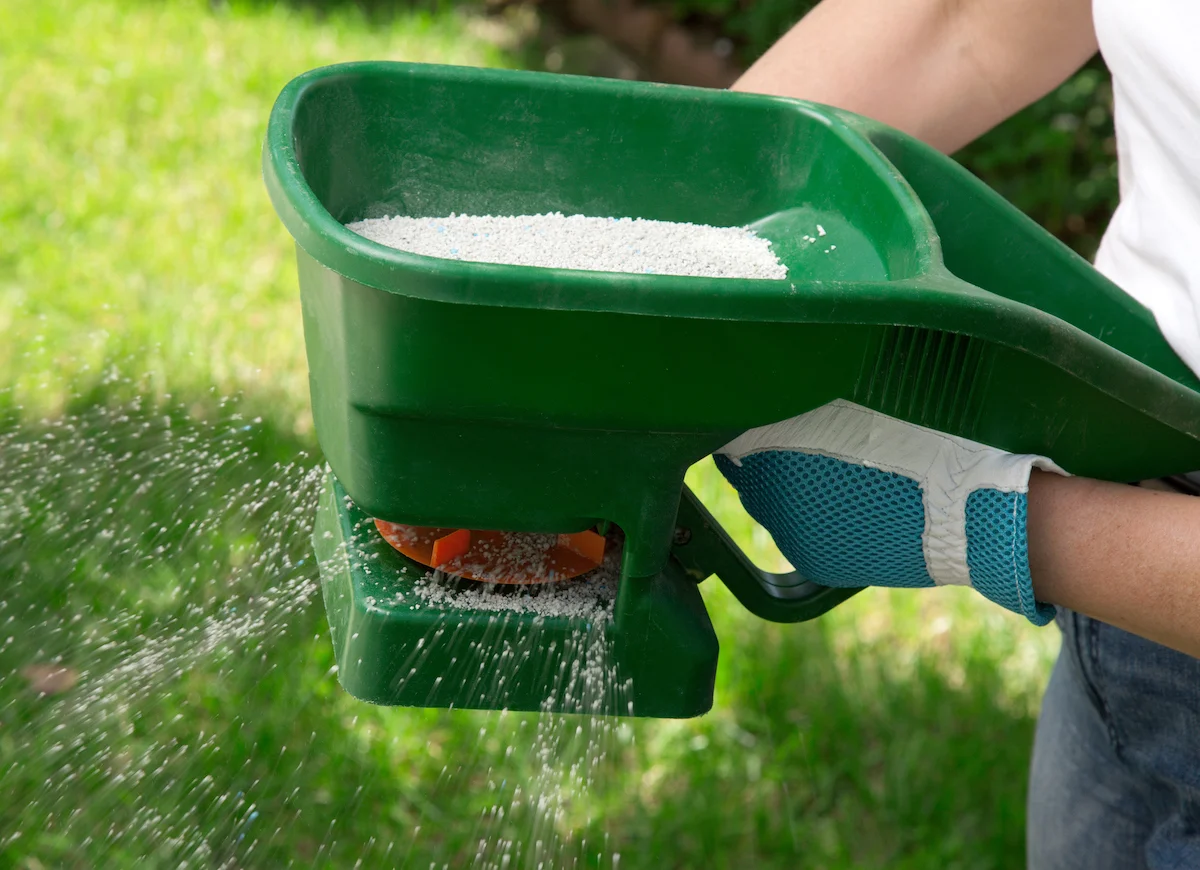
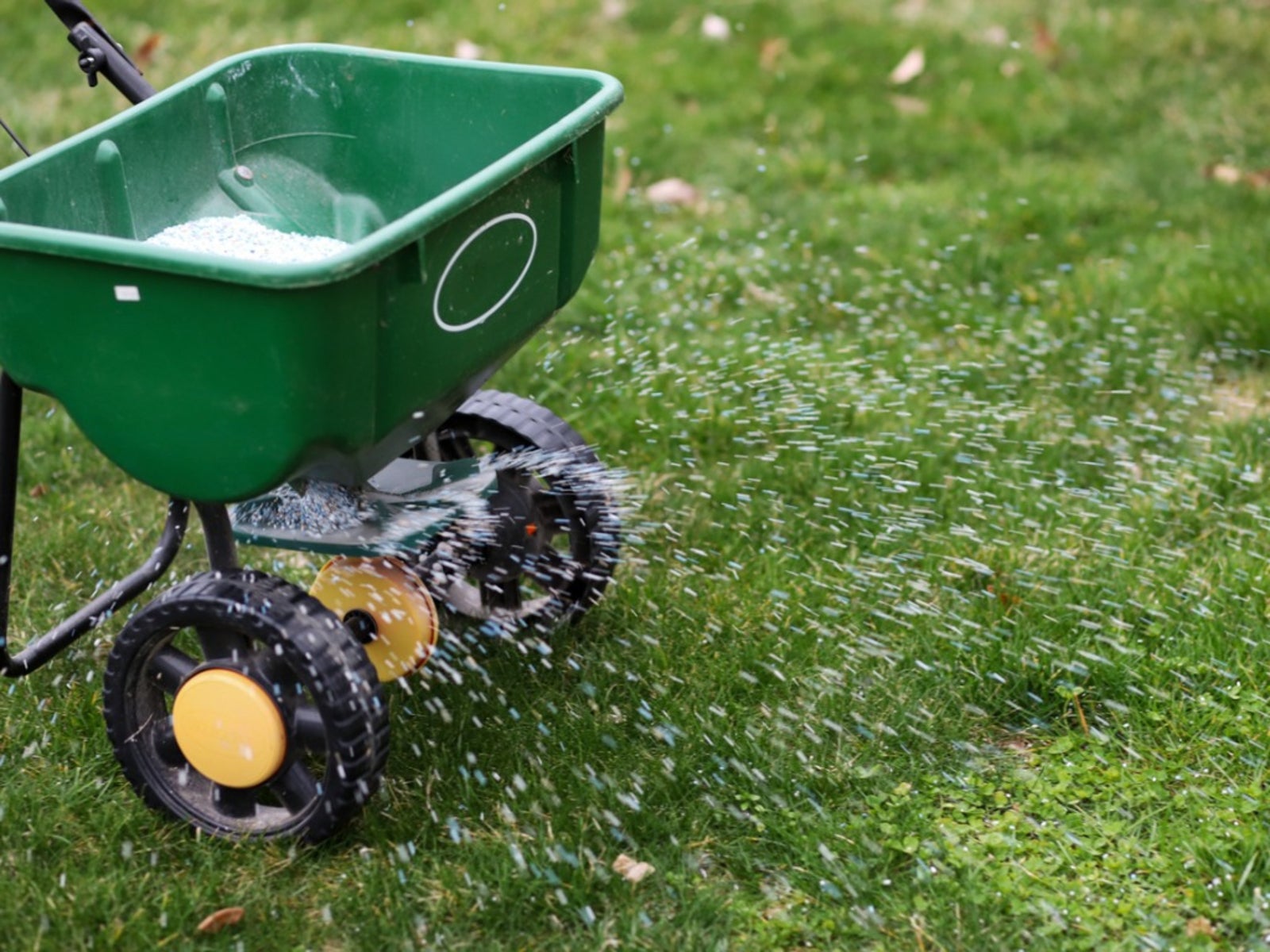
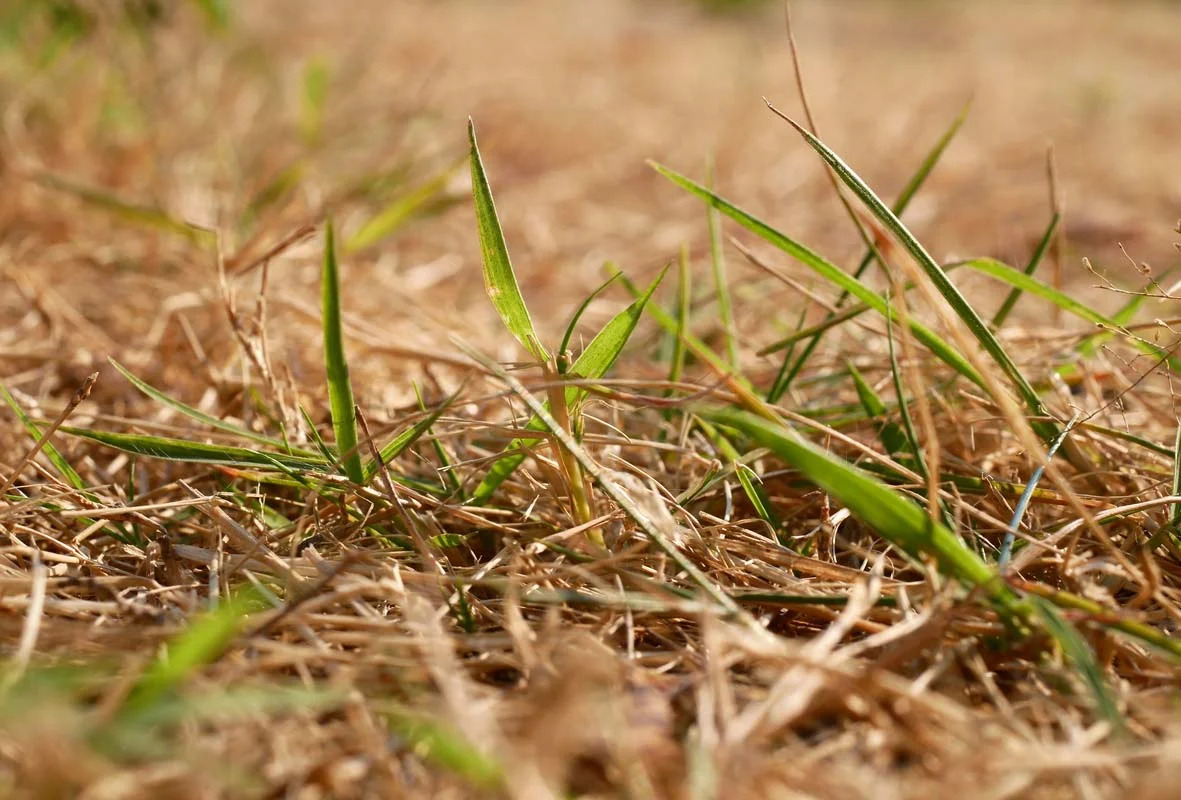
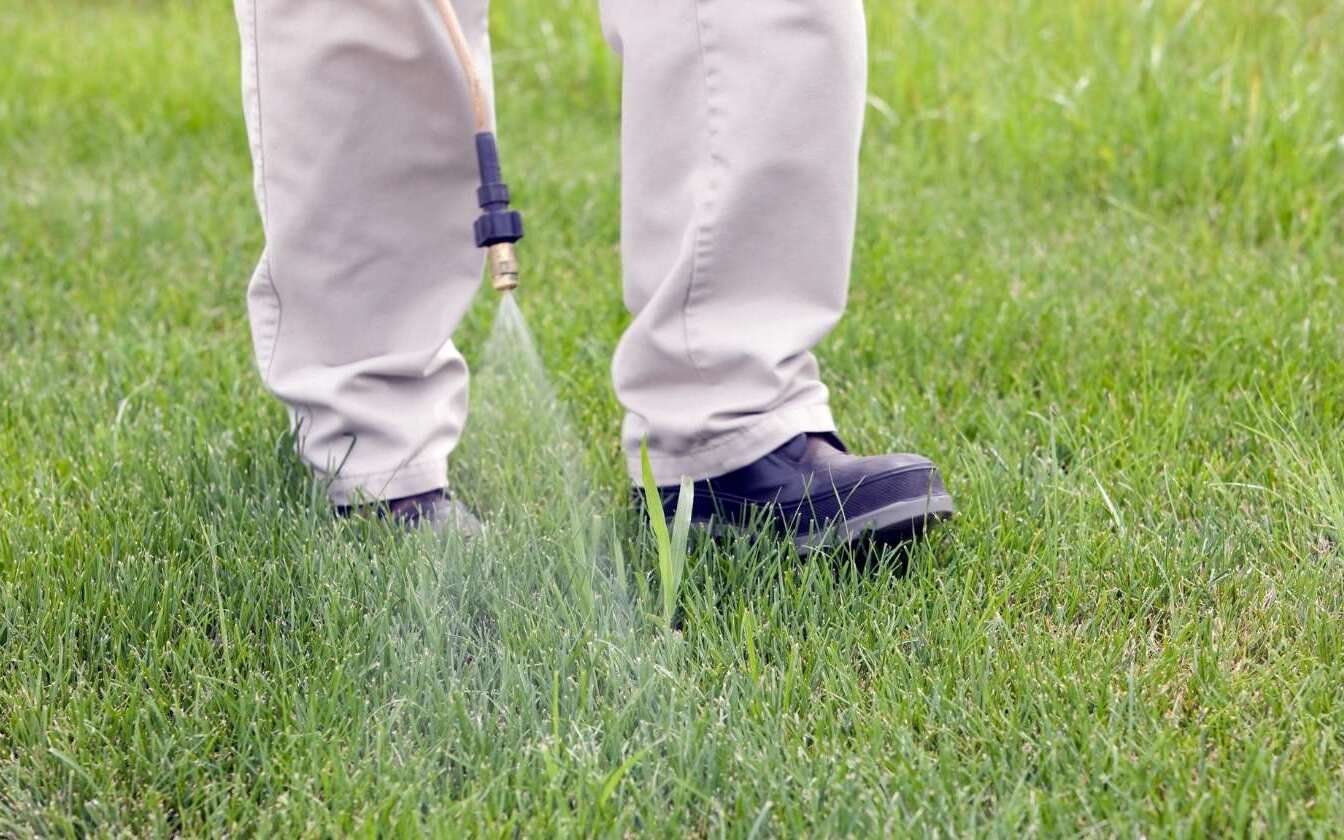
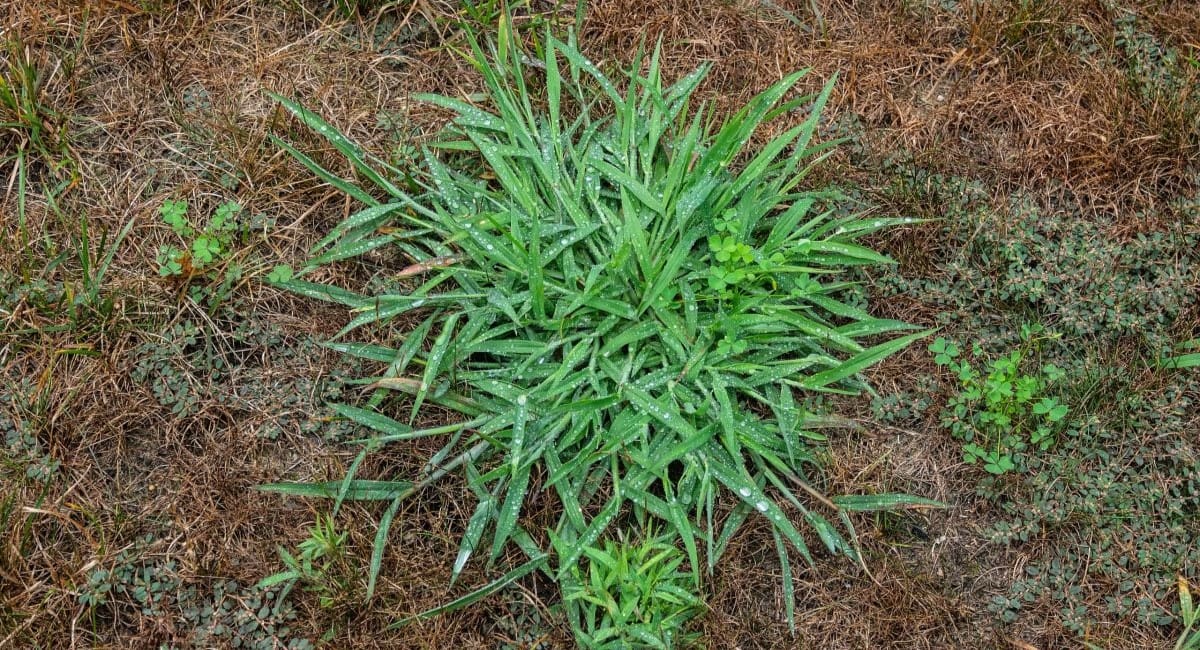
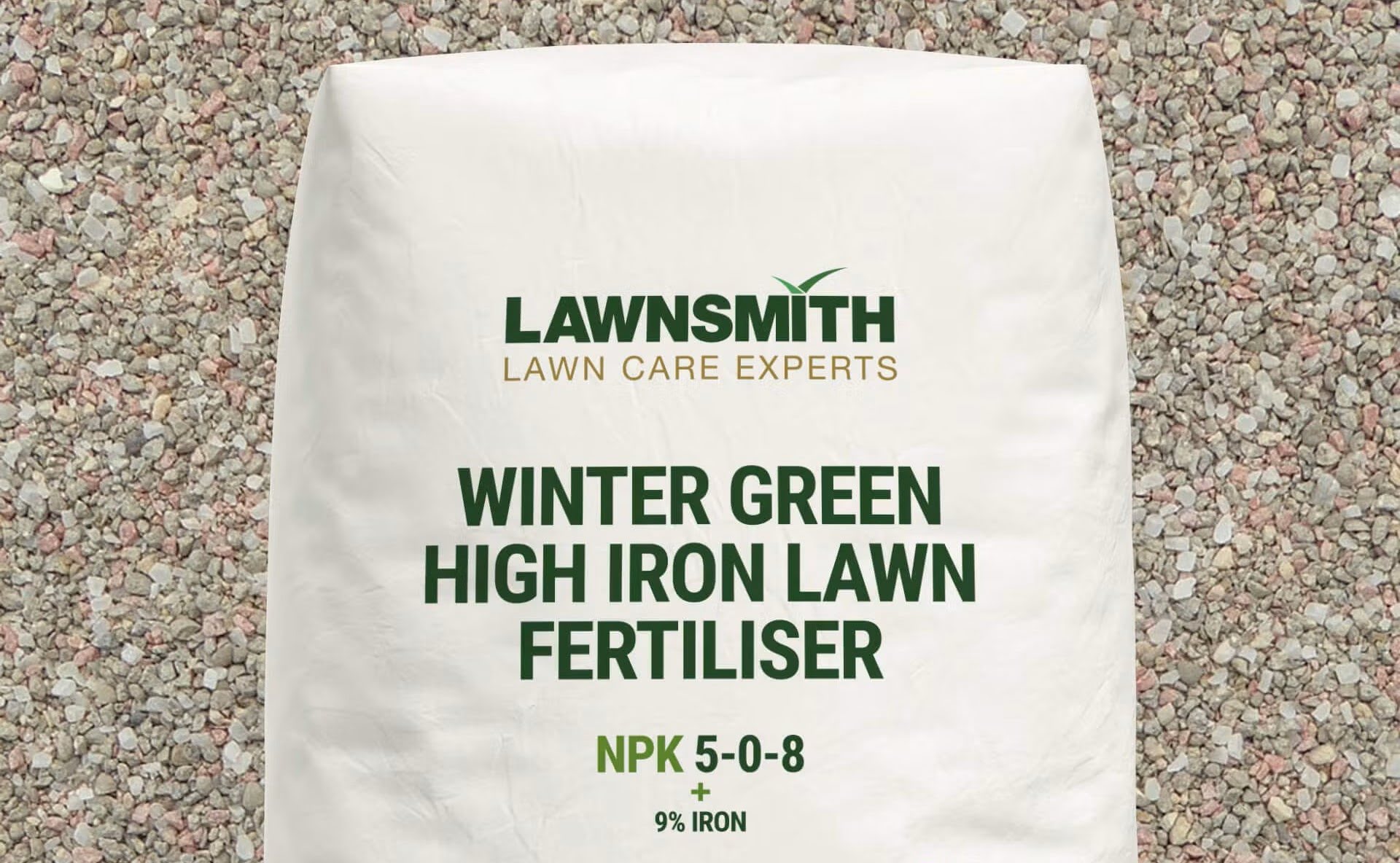
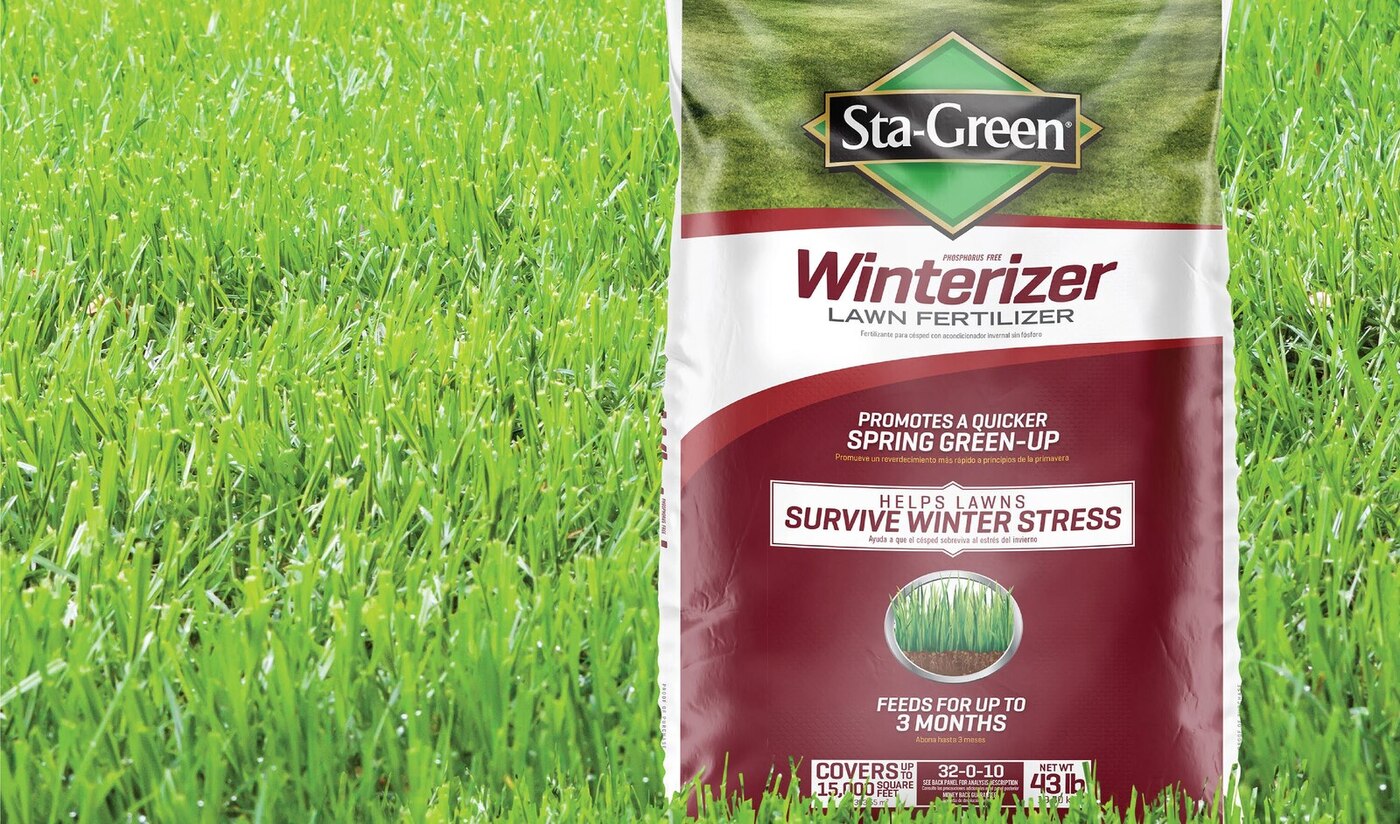
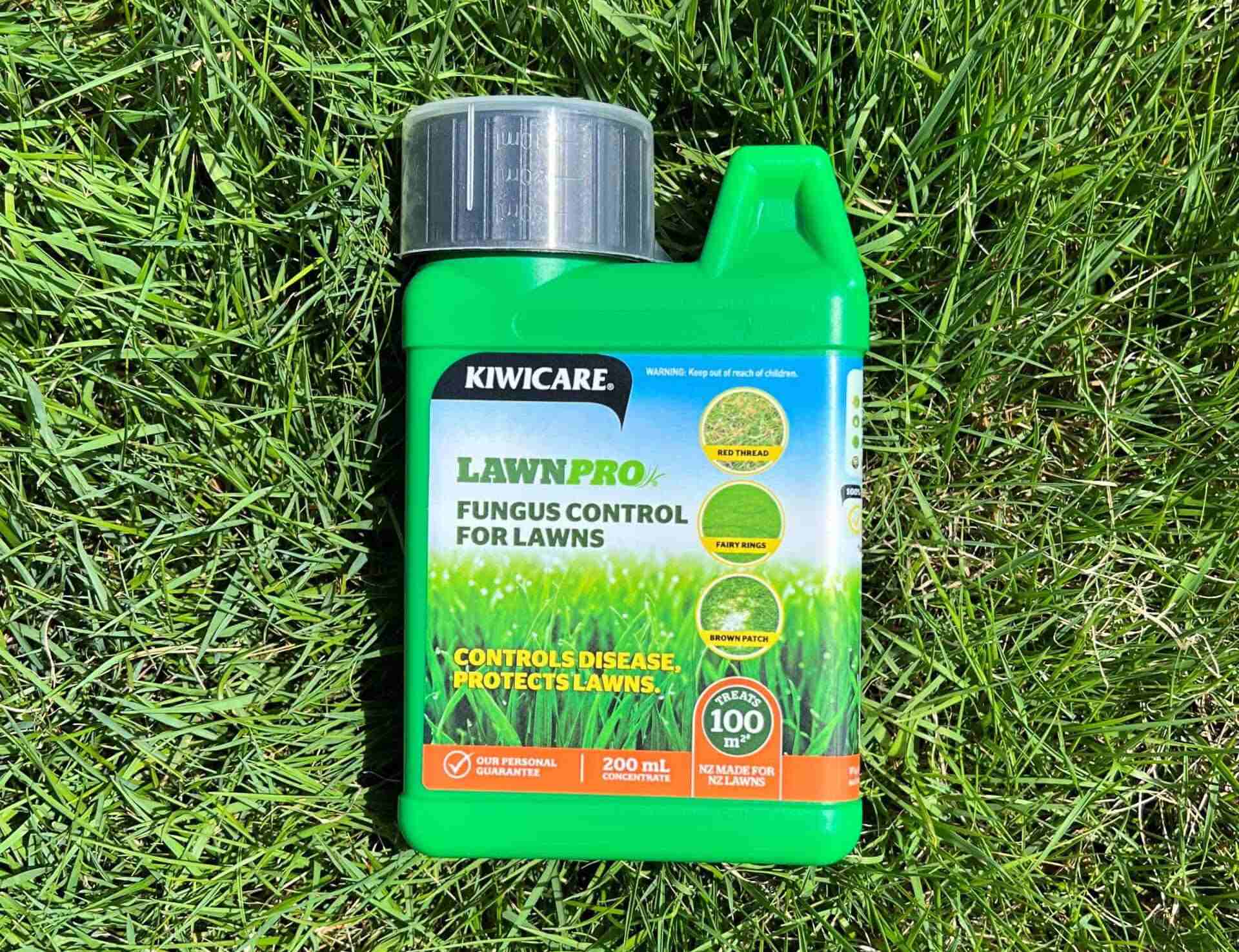
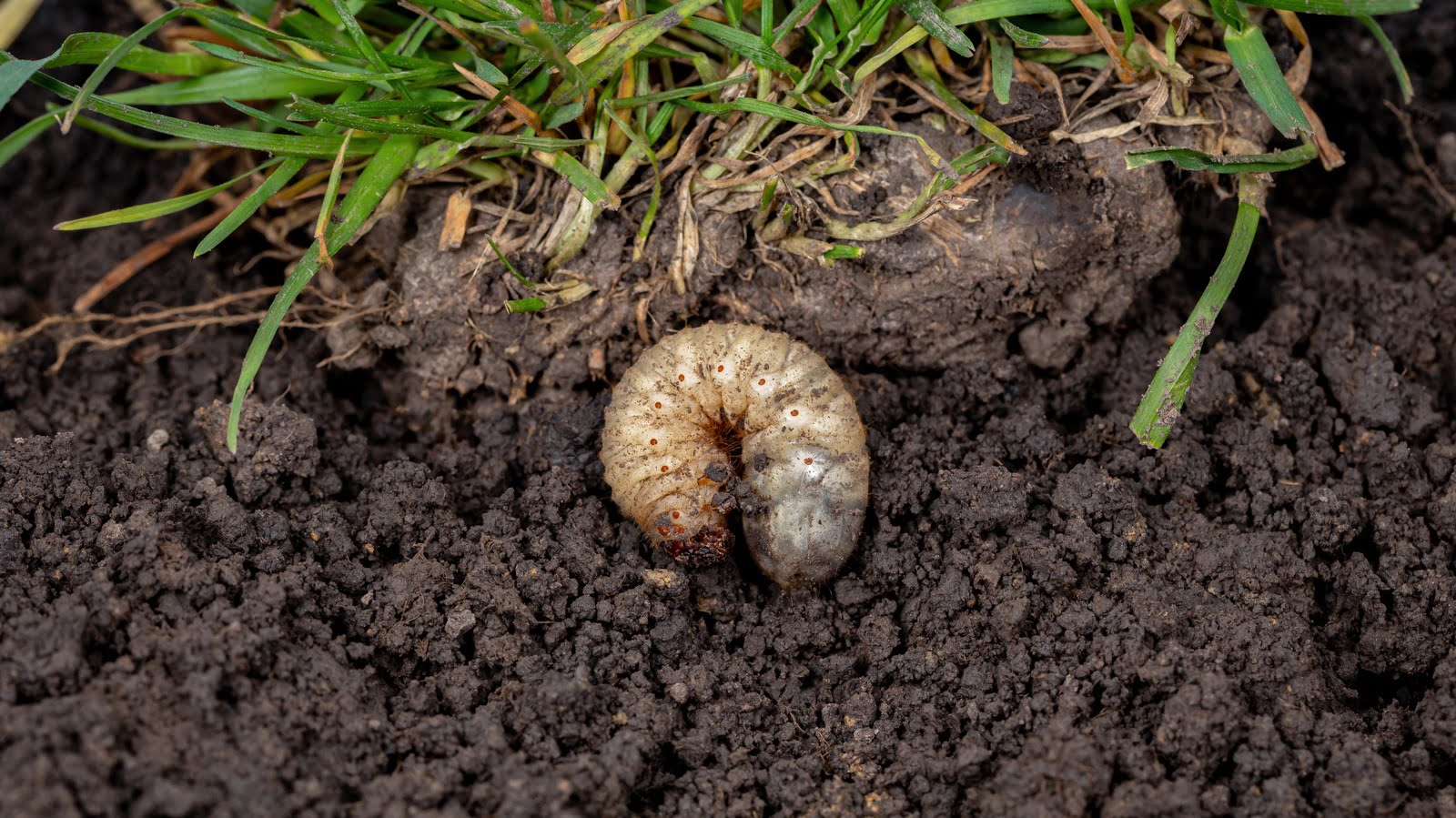
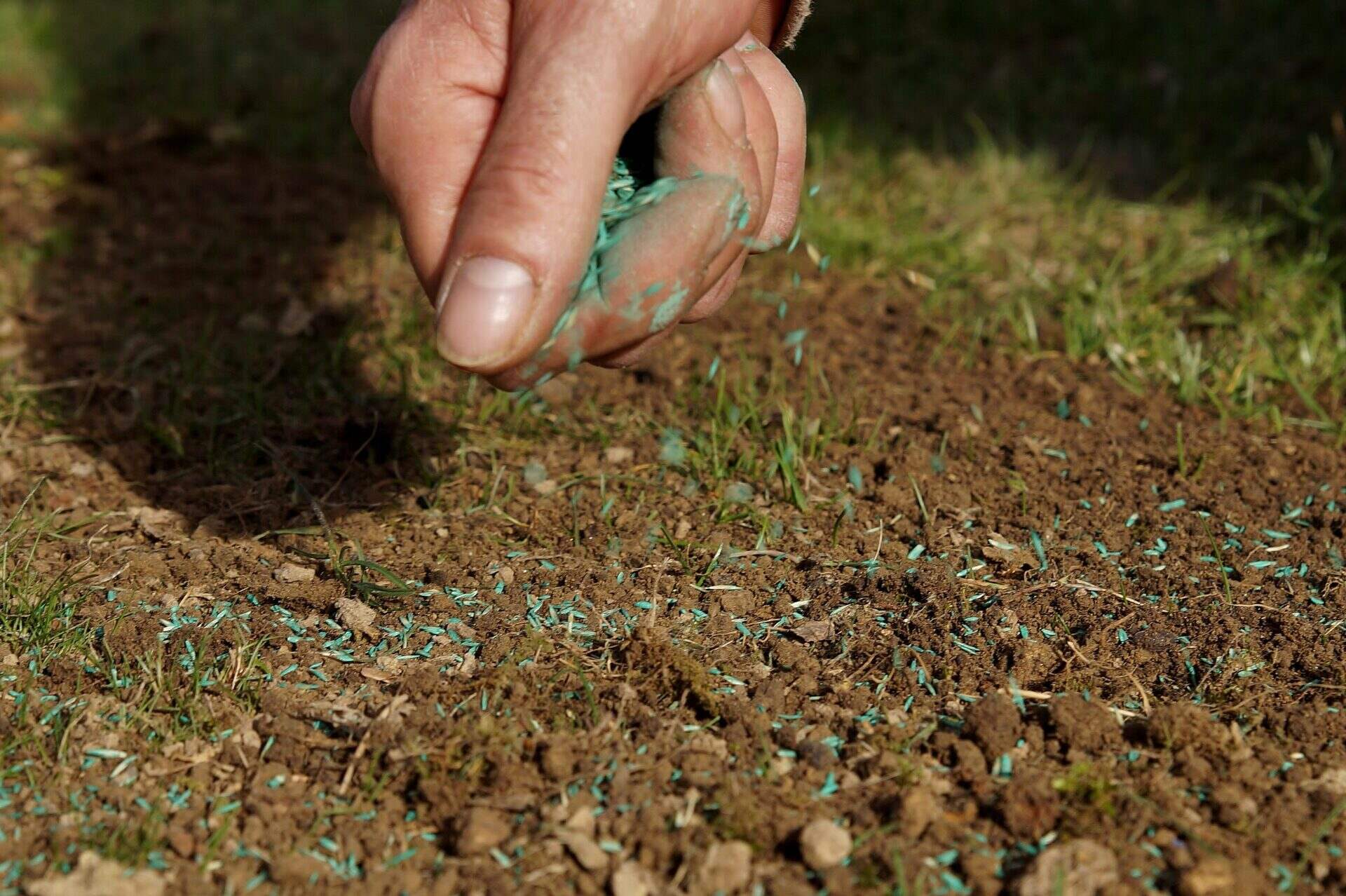
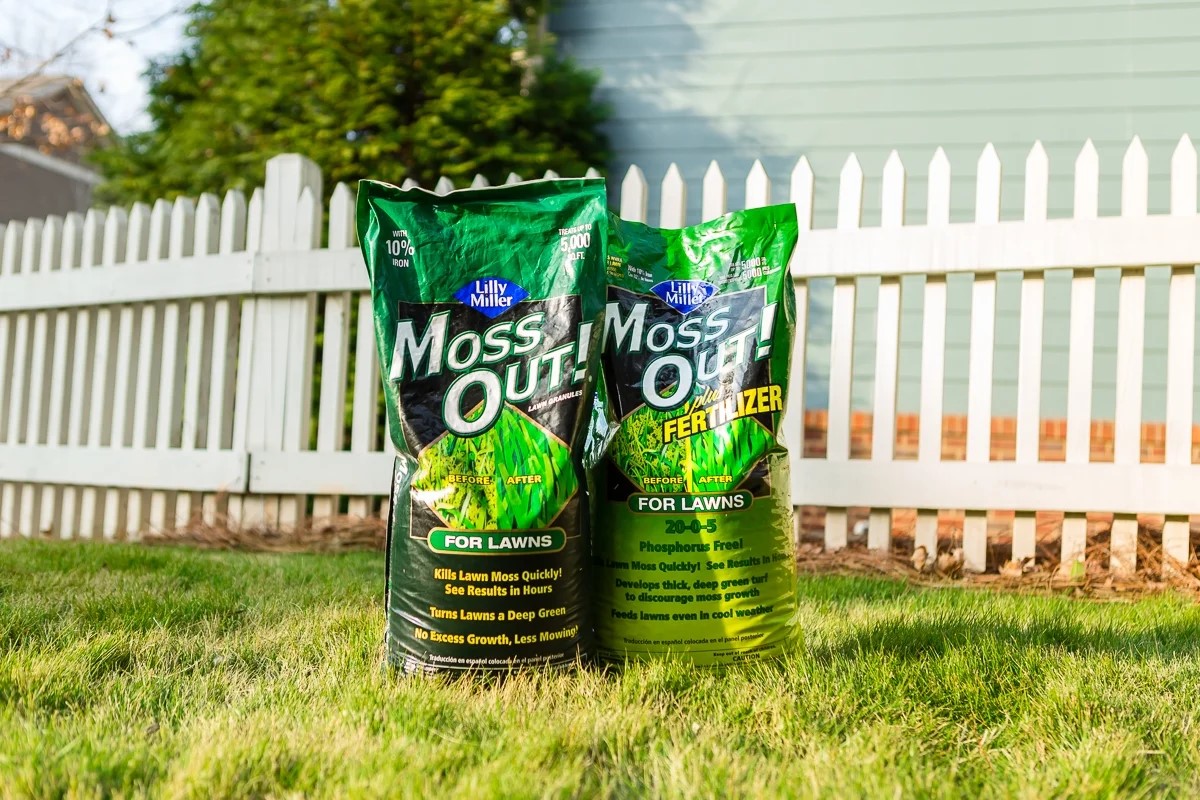
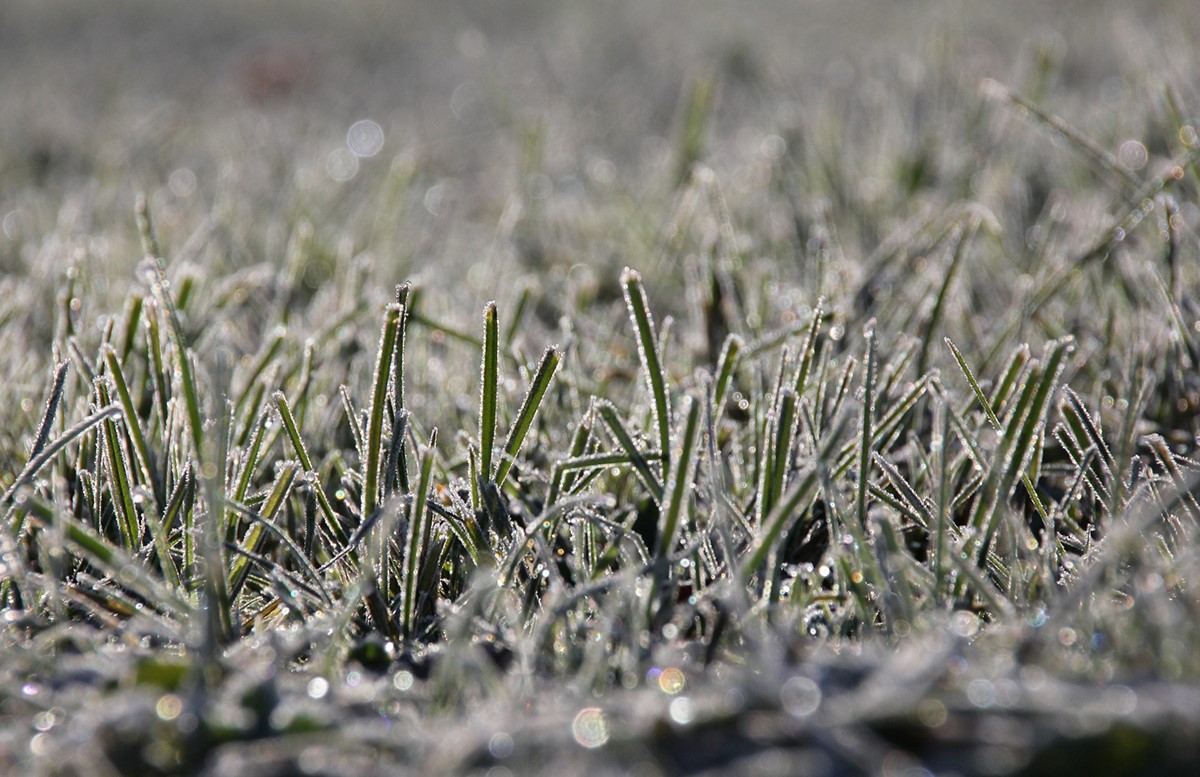
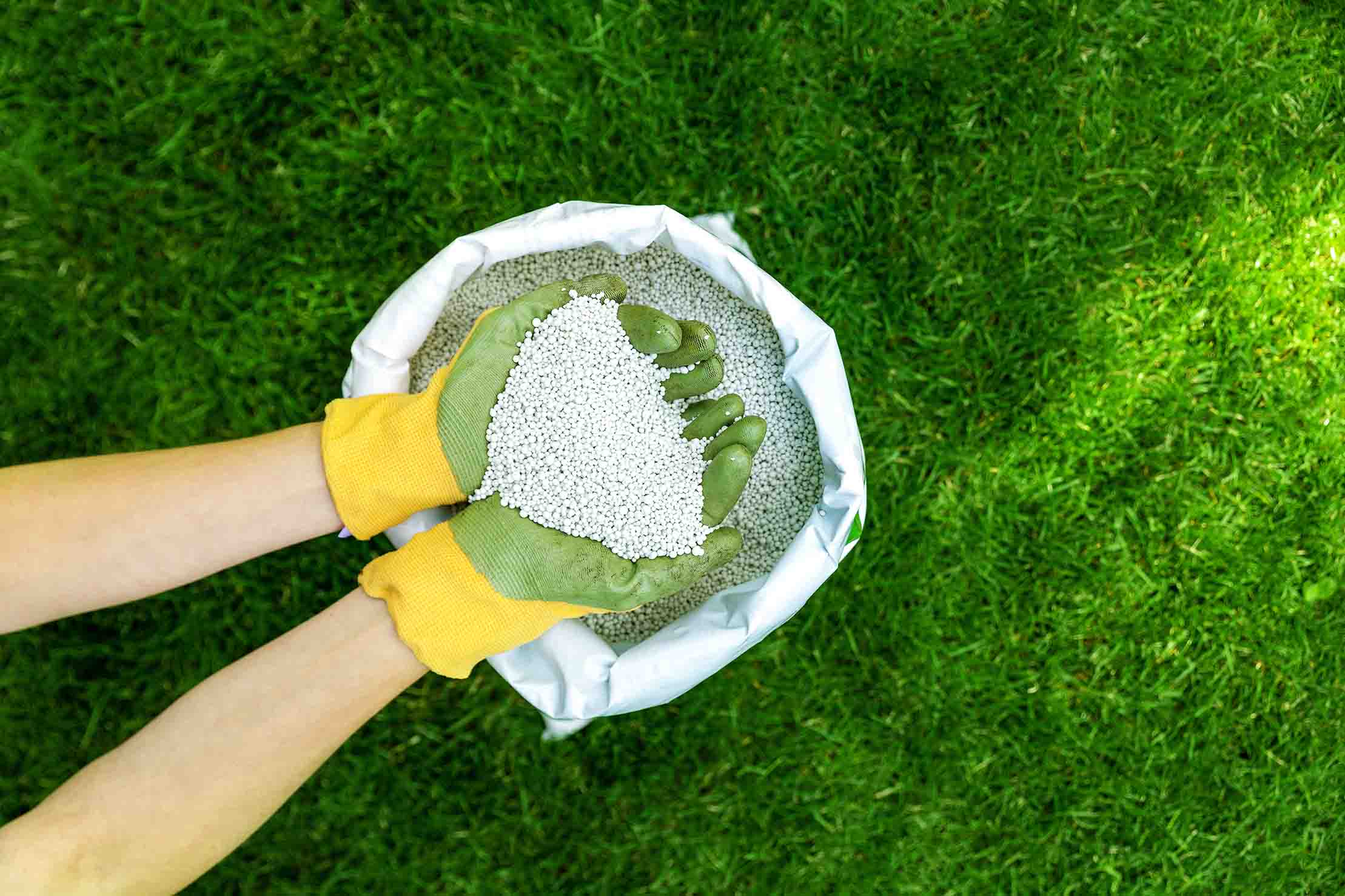

0 thoughts on “When To Apply Winter Fertilizer”